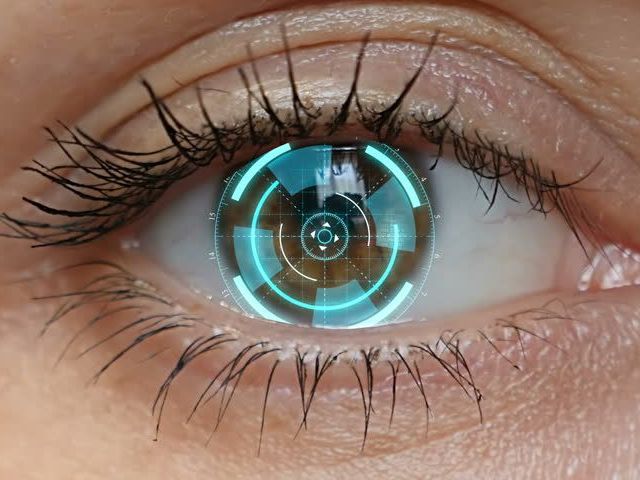Thank You For Attending LIGHT 2023
LIGHT 2023 Program
EST. 2014
What is LIGHT?
LIGHT is an annual meeting exploring the vast array applications for retinal laser treatment emerging from a rapidly improving understanding of the mechanisms of retinal laser effects.
Our mission is to reduce worldwide visual disability and blindness by facilitating interaction and collaboration between global leaders in the basic science and clinical application of laser and light-based therapies for retinal disease.
The insights from our meetings are leading to a new and better understanding of the causes of retinal disease, and thus new approaches to disease treatment and prevention. LIGHT is dedicated to the idea that these uniquely laser-accessed innovations and insights will be key contributors to the future management of the most important retinal causes of visual loss.

Who should attend?
The LIGHT conference brings together the world's leading experts in retinal laser therapy, both clinical and basic scientists. However, the conference is open to all clinicians and investigators who are interested in expanding their scientific and clinical knowledge. While some of the topics may be complex, the goal of the conference is always to improve clinical outcomes for patients.
What are LIGHT meetings like?
Truly interactive. LIGHT meetings are a unique way to learn about the latest advances in retinal laser therapy.
Presentation
Anyone can submit an abstract for presentation. Abstracts are reviewed and selected by the LIGHT Board of Directors.
The authors are given 8-minutes during the meeting to present their findings clearly and completely.
Question & answer
After each paper presentation, there is an 8-minute question-and-answer session and discussion open to all attendees. This is where the value of LIGHT is most apparent, as attendees can learn from each other and discuss the latest research in the field.
Networking
Conversations can continue into meeting breaks, lunch, and the post-meeting reception. This allows attendees to network with each other and build relationships that can be helpful in their research and clinical work.

